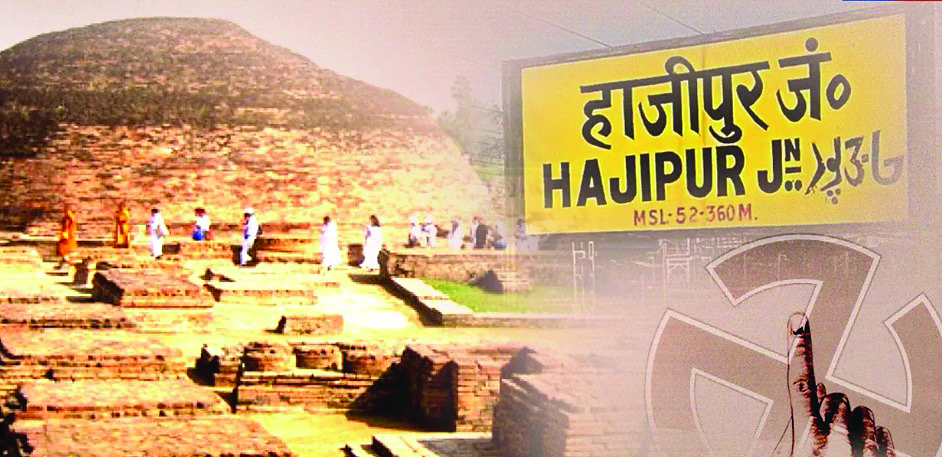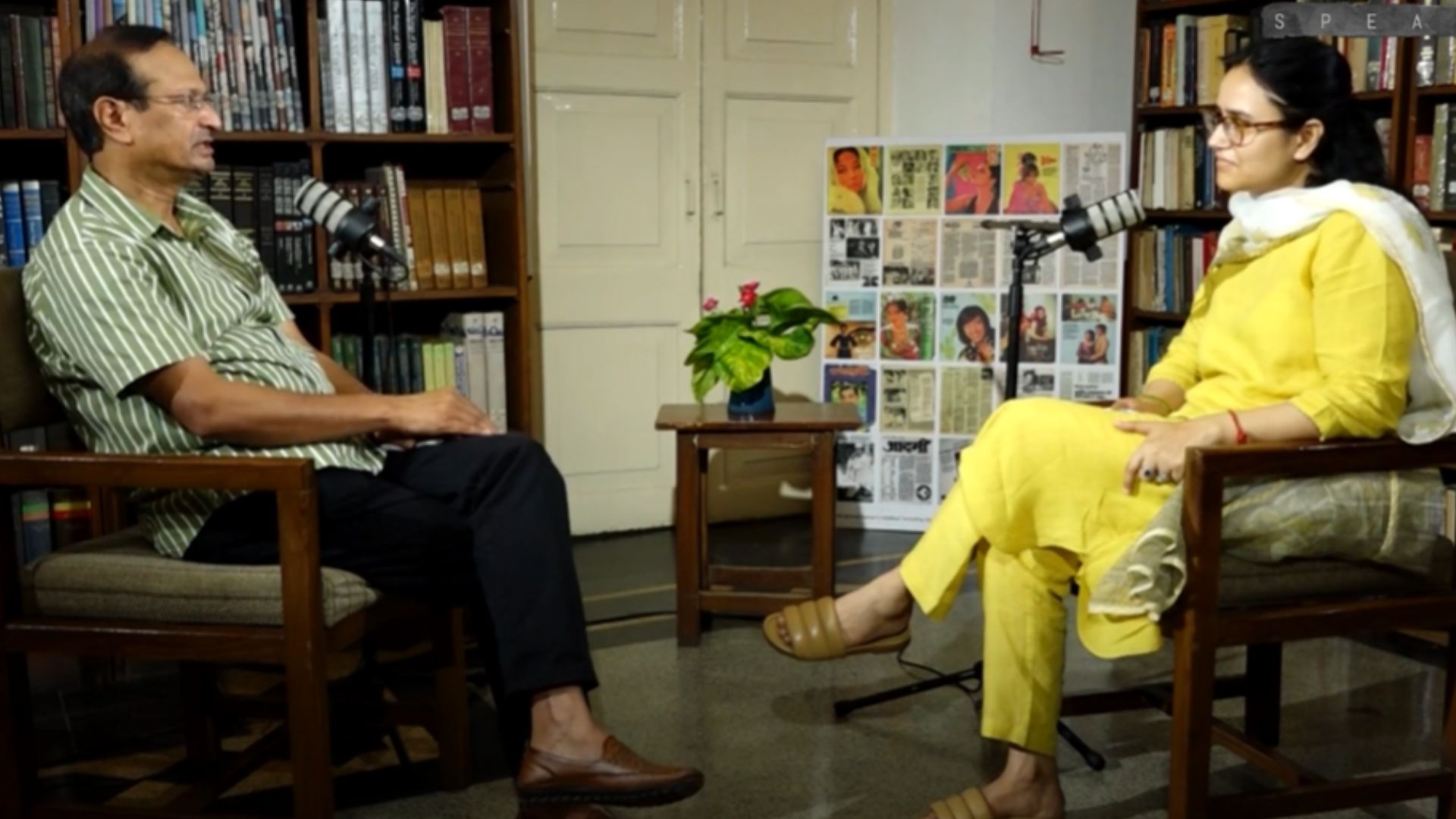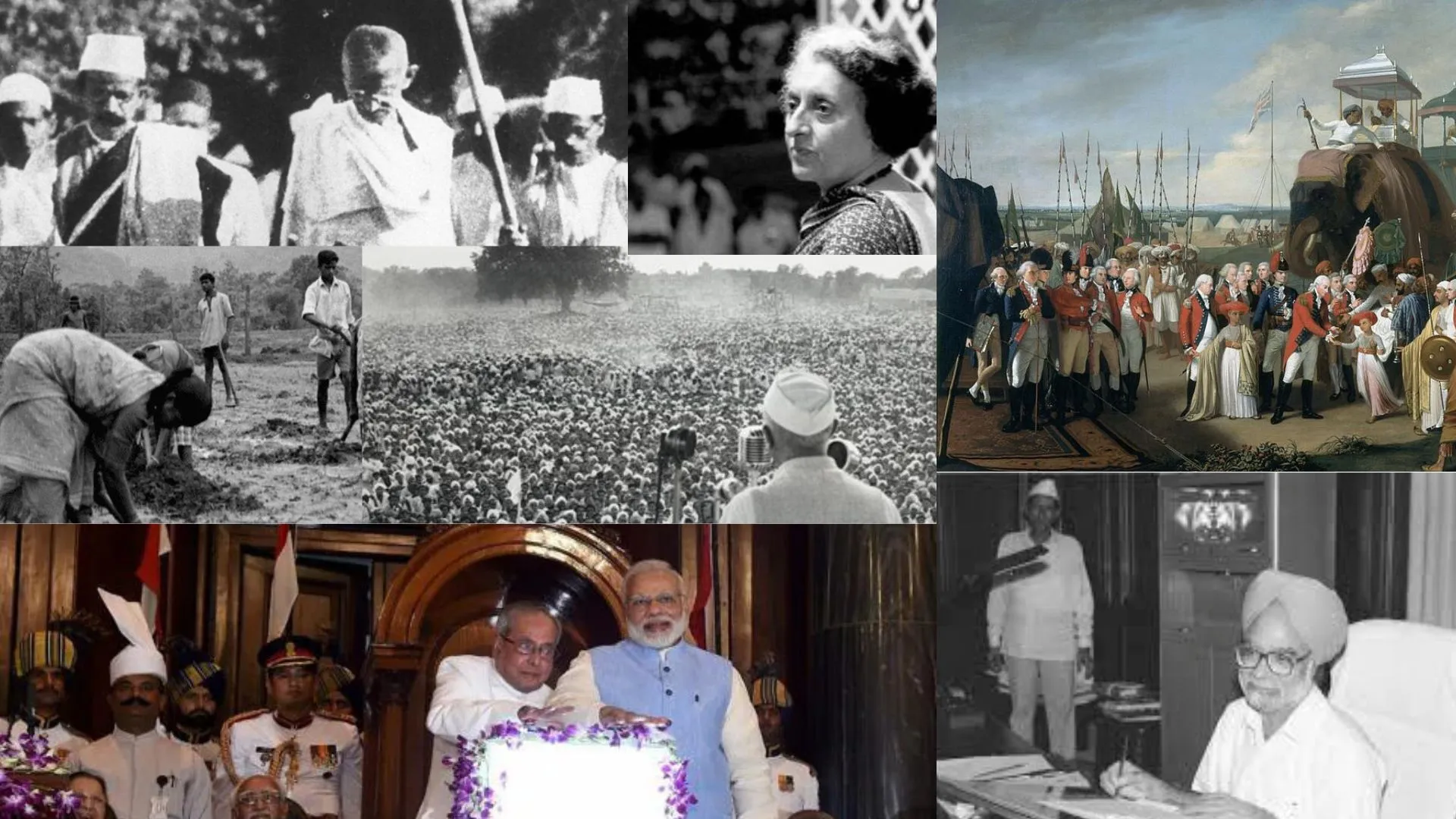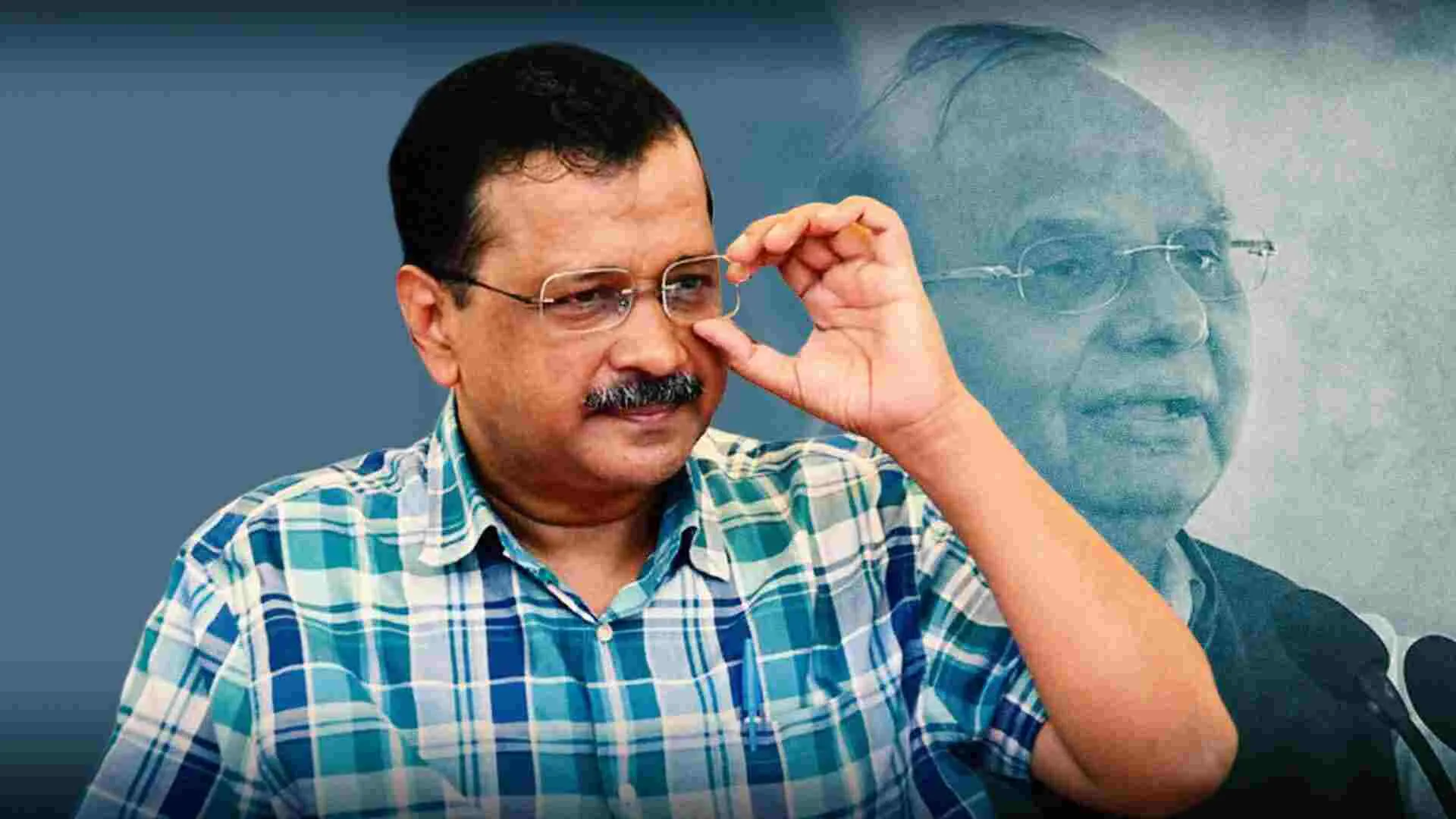The Hajipur Lok Sabha constituency in Bihar has become a significant battleground in Indian politics. This region, comprising six assembly segments – Hajipur, Lalganj, Mahua, Raja Pakar, Raghopur, and Mahnar – has a rich history of electoral narratives that have captured the nation’s attention. As the 2024 elections approached, the spotlight once again fell on Hajipur, where the sounds of the past continued through the present, shaping the future of this historically significant area. The interaction of political legacies and evolving electoral patterns promised to make Hajipur a closely watched region in the upcoming polls.
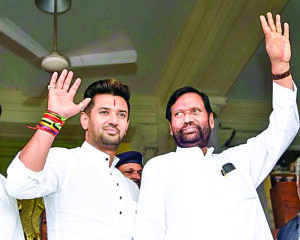 ss
ss
The Enduring Legacy of Ram Vilas Paswan:
The late Ram Vilas Paswan cast a towering presence over Hajipur’s political landscape; his name became synonymous with the constituency’s electoral history. Paswan’s political journey in Hajipur spanned an incredible eight victories, a feat that defied belief and stood as a testament to the deep-rooted support he commanded among voters.
From his inaugural triumph in 1977 as a Janata Party candidate to his final win in 2014, Paswan’s electoral supremacy in Hajipur was remarkable. His record-breaking achievement of securing 89.3% of the votes in 1977, coupled with a staggering margin of 4.24 lakh votes, remained unparalleled in the region’s political records.
Paswan’s enduring legacy continued to shape Hajipur’s electoral dynamics, where his memory and accomplishments still echoed. As the 2024 polls approached, the spotlight fell on this pivotal constituency, where Paswan’s lasting impact on the region’s political landscape could not be understated. His successors and opponents alike had to deal with his formidable legacy, making Hajipur a closely watched battleground in the upcoming elections.
Divine Names and Electoral Victories:
Hajipur’s electoral history was a pattern woven with intriguing patterns, particularly evident in the names of its elected representatives. Over 16 elections, the late Ram Vilas Paswan emerged victorious eight times, his name resonating with the Hindu deity ‘Ram.’ This trend extended further back, spanning from 1977 to 2014, where leaders bearing the name ‘Ram’ adorned the halls of power. Notable among them were Ram Ratan Ram of the Congress in 1984, and Ram Sundar Das of Janata Dal (United), triumphing in 1991 and 2009. Such a combination of political and cultural symbolism fascinated the electorate, influencing their choices and defining the region’s political narrative.
Delving deeper into Hajipur’s political chronicles revealed more intriguing coincidences. The inaugural winner, Rajeshwar Patel, bore a name linked to Lord Shiva, sparking thoughts on divine references in electoral dynamics. Reflecting on the elections of 1967 and 1971, where Valmiki Chaudhary and Digvijay Narain Singh emerged victorious, respectively, highlighted the subtle influence of divine names. Valmiki, the author of the Ramayana, and Narain,’ alternate name for Lord Vishnu, adorned their names, suggesting an intriguing correlation between divine references and electoral success.
This historical analysis prompted speculation on the role of candidate names in shaping Hajipur’s political landscape. This unique blend of political legacies and cultural connection had captured the imagination of the electorate, influencing their voting decisions and shaping the region’s political discourse.
The Congress Party’s Foothold:
While parties like the Lok Janshakti Party (LJP), Janata Dal-United (JDU), and Rashtriya Janata Dal (RJD) had been major contenders in Hajipur, the Indian National Congress had also left an unforgettable mark on the constituency’s political history. The Congress Party’s dominance in the region was evident from its four victories between 1957 and 1971, adding a significant layer to Hajipur’s electoral narrative.
The Congress Party’s influence in Hajipur dates back to 1957 when Rajeshwara Patel secured the seat. Subsequently, the party clinched victories in 1962, 1967 (with Valmiki Choudhary as the MP), and 1971, showcasing its enduring appeal among the electorate during that period.
Diversity, Dominance, and Dynamics:
Hajipur’s electoral dynamics were intrinsically tied to its diverse demographic and voting patterns. The 2019 Lok Sabha elections witnessed a substantial electorate of 18,23,664 registered voters, reflecting a tapestry of political allegiances and preferences within the constituency.
The voter breakdown in 2019 revealed a male majority, with 9,84,179 male voters compared to 8,39,426 female voters. Notably, 59 voters identified as belonging to the third gender, underscoring the constituency’s commitment to inclusivity. Further adding to the electorate’s diversity were 2,731 postal votes and 5,455 service voters, comprising 5,218 men and 237 women.
To accommodate this sizable electorate, Hajipur undertook a significant logistical effort, with 1,827 polling stations established in 2019 – a notable increase from the 1,512 stations deployed in 2014. This expansion highlighted the region’s growing electoral importance and the concerted efforts to ensure accessibility and participation for all eligible voters.
In 2019, following Ram Vilas Paswan’s resignation from the Rajya Sabha, his brother, Pashupati Kumar Paswan, contested the Lok Sabha elections and emerged victorious from the Hajipur constituency. Notably, Paras’ name invoked one of Lord Shiva’s incarnations, adding a layer of cultural symbolism to the election. Pashupati Kumar Paswan’s big win in the 2019 elections changed things up in Hajipur’s politics. He got an impressive 5,41,310 votes, which was 53.72% of the total votes. This was a big win over his opponent, Shiv Chandra Ram from the Rashtriya Janata Dal (RJD), by a difference of 2,05,449 votes.
Overall, there were 10,06,817 valid votes, and the turnout was 55.21%.
Significantly, the 2019 polls also saw 25,256 voters (2.51%) opting for NOTA (None of the Above), a trend that had begun in 2014 when 15,047 voters (1.66%) exercised the same choice. This growing preference for NOTA suggested a segment of the electorate that was dissatisfied with the available candidates or sought to express their dissent through alternative means.
Delving into Hajipur’s electoral history, the late Ram Vilas Paswan’s dominance was undeniable. His eight victories, spanning from 1977 to 2014, solidified his status as a political titan in the region. However, Hajipur’s political landscape had also witnessed the success of other parties, with the Indian National Congress and Janata Dal each clinching four victories, showcasing the dynamic nature of the constituency’s electoral dynamics.
The Hajipur constituency’s electoral patterns were shaped by various factors, including caste dynamics, religious affiliations, and socio-economic factors. The Yadav community, which had traditionally supported the RJD, held significant influence in the region, while the Dalits and Muslims had historically favored Paswan’s LJP and its allies. The forward castes, on the other hand, had historically leaned towards the BJP and its partners.
Additionally, Hajipur’s proximity to the state capital of Patna had played a role in shaping its political discourse, as the urban-rural divide and issues of development and infrastructure had often taken center stage during election campaigns.
As the 2024 Lok Sabha elections approached, Hajipur’s electoral dynamics were poised to undergo further shifts and realignments, reflecting the ever-evolving nature of Indian politics. The interplay of caste equations, party alliances, and the emergence of new issues and narratives would undoubtedly shape the course of the electoral battle in this pivotal constituency.
The Dynastic Battle of 2024:
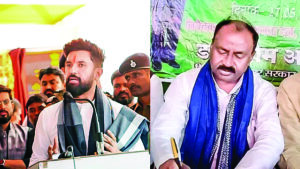
The intense electoral battle that unfolded witnessed a fierce campaign, capturing the nation’s attention. At the center of this contest was Chirag Paswan, the son of the late Ram Vilas Paswan, a towering figure in Bihar politics. Backed by the powerful Bharatiya Janata Party (BJP), the 39-year-old Paswan exuded confidence, asserting that the National Democratic Alliance (NDA) would sweep all 40 seats in the state. However, this election marked a watershed moment for the young leader, as he navigated the treacherous political terrain without the experienced guidance of his father, who passed away in 2020.
As the nation eagerly awaited the results on June 4th, the outcome of these pivotal elections could have far-reaching repercussions for the broader political landscape of Bihar and the nation as a whole. One of the most notable factors shaping the electoral dynamics was the enduring legacy of Ram Vilas Paswan and the Lok Janshakti Party (LJP). Paswan’s unwavering support from the state’s electorate had solidified the LJP’s position as a formidable force, influencing its strategies and alliances at both the state and national levels.
Moreover, the recurring theme of candidates bearing names associated with Hindu deities and epic figures resonated deeply with voters, tapping into their cultural and religious sensibilities, potentially swaying their decisions at the ballot box. The high-profile clash between Chirag Paswan and Shiv Chandra Ram in Hajipur exemplified this trend, with both candidates seeking to leverage their symbolic representation.
As the campaign trail concluded, both sides intensified their efforts to woo voters, with the BJP and the INDIA bloc rallying behind their respective candidates. The outcome of this high-stakes contest would not only shape Bihar’s future but could also have far-reaching implications for the broader political landscape of the nation.
With the nation eagerly awaiting the results, the stage was set for a nail-biting finish as Bihar’s electoral dynamics took center stage, potentially reshaping the state’s political trajectory and influencing the course of governance at the national level.
Conclusion:
As the nation awaited the electoral verdict from Hajipur with bated breath, the enduring saga of this pivotal constituency continued to captivate political pundits and the electorate alike. The clash between Chirag Paswan and Shiv Chandra Ram had transcended mere electoral arithmetic, morphing into a symbolic battle that encapsulated the intricate interplay of legacy, identity, and shifting loyalties.
Beneath the surface of this high-stakes contest lay a profound restructuring of Bihar’s socio-political fabric, where traditional vote banks were being challenged, and new alliances were being forged. The BJP’s unambiguous backing of Chirag Paswan signified a calculated gambit to consolidate its foothold in the region, while the INDIA bloc’s support for Ram underscored the fragility of established political equations.
Moreover, the recurring motif of divine appellations – from Ram Vilas Paswan’s indomitable tenure to the current candidates’ monikers – had reignited the intricate interplay between religion, culture, and electoral dynamics. This confluence of symbolism and strategy had elevated Hajipur from a mere geographical entity to a crucible of ideological clashes, where the very essence of Bihar’s political identity was being contested.
As the nation held its collective breath, Hajipur’s verdict would reverberate far beyond its geographical confines, potentially redefining the contours of national politics. The destiny of this storied constituency hung in the balance, poised to either cement the dominance of dynastic politics or usher in an era of unprecedented upheaval, where the electorate’s voice transcended the echoes of the past.

